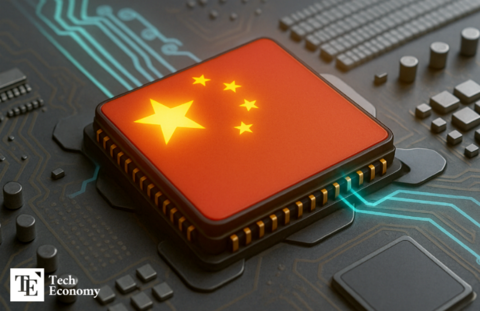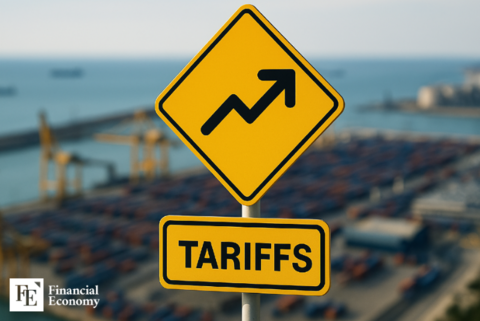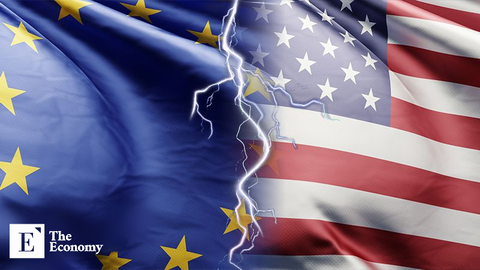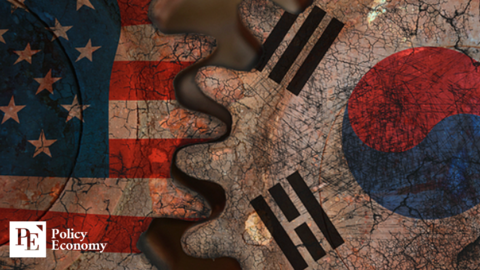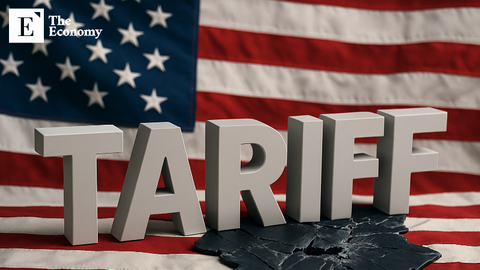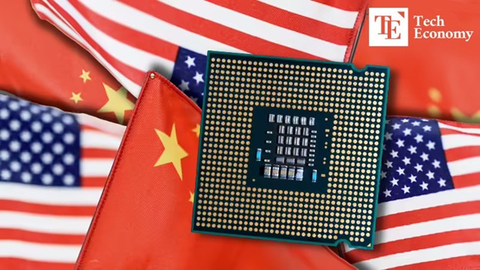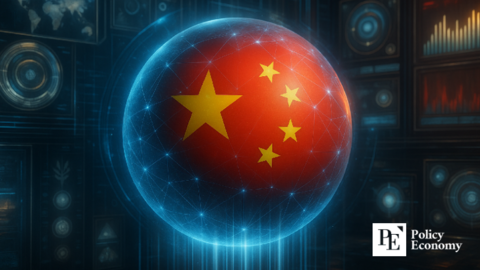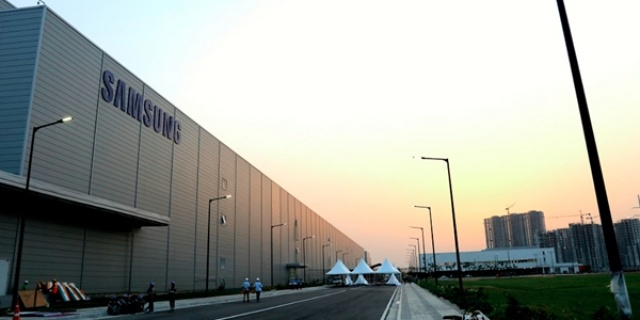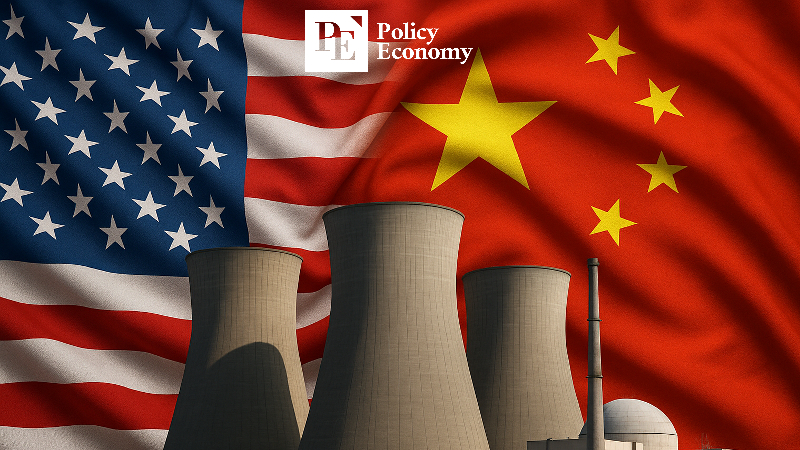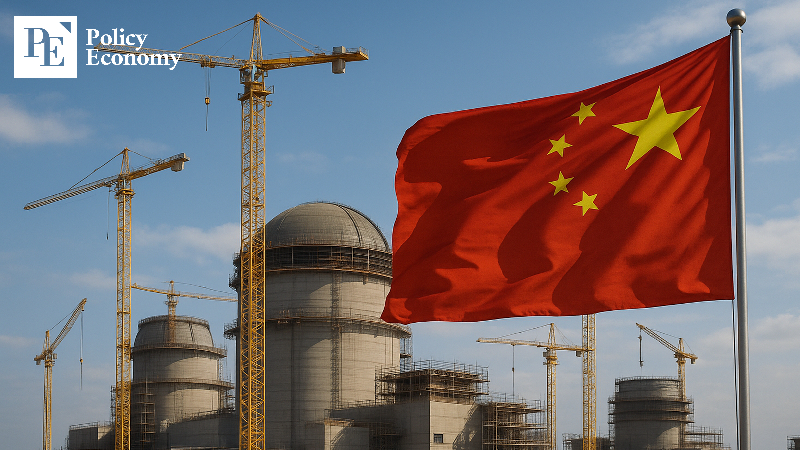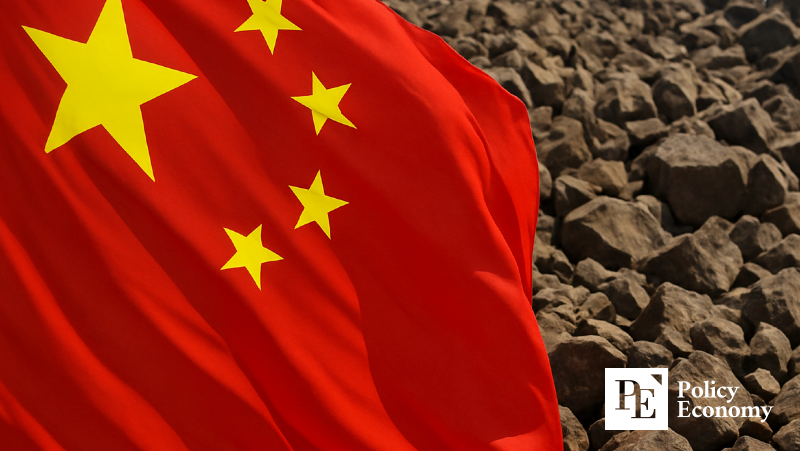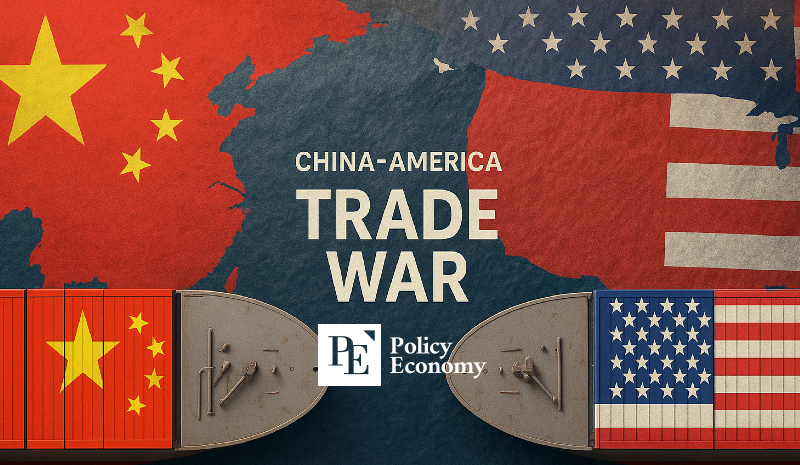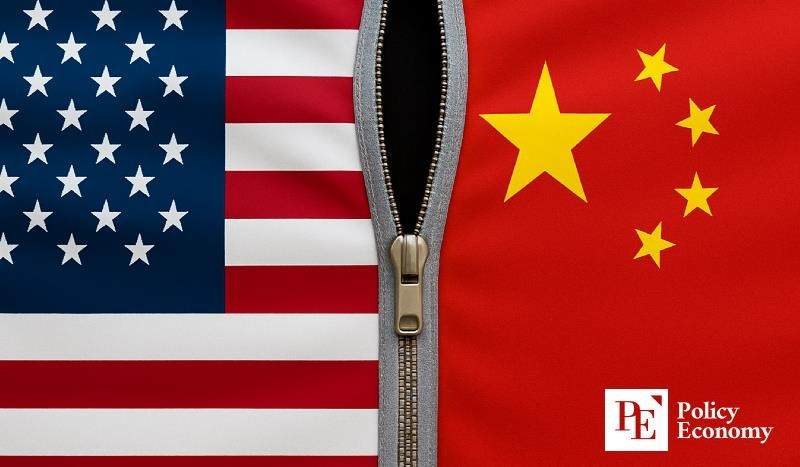China’s Electric Vehicle Industry Caught in an Oversupply Trap Despite Production Efficiency Gains
Input
Changed
Profitability Remains Elusive Despite Facility and Process Optimization ‘Growth Fatigue’ Spreads Across China’s Auto Industry More Companies Choose to Steer Clear of Chinese-Made Vehicles
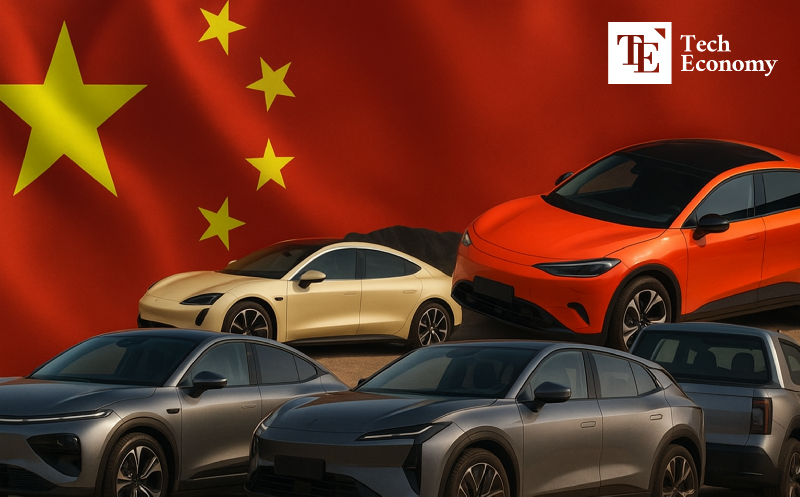
Amid its success in streamlining production, China’s electric vehicle (EV) industry is facing mounting criticism for falling into a profitability crisis caused by oversupply. In particular, BYD’s aggressive low-price strategy has proven effective in boosting short-term market share, but experts argue it has undermined the industry's overall profit structure and raised questions about long-term sustainability. Analysts now suggest that the next phase for the EV sector must go beyond simple price competition and focus on restructuring supply chains and rebuilding sustainable profit models.
Supply Has Surged Beyond What Domestic Demand Can Absorb
According to Chinese media such as the Securities Times on the 8th, Li Shufu, chairman of Geely Automobile, gave a keynote speech at the China Auto Forum in Chongqing the previous day. “While competition in the domestic auto industry is very dynamic, it’s becoming uncomfortable to even talk about how some companies are competing,” Li remarked. Although he did not name names, industry insiders interpreted his remarks as a thinly veiled criticism of BYD’s recent aggressive price cuts.
Li went on to say, “The global auto industry is currently facing a severe state of overproduction,” adding, “We’ve decided not to build any new automobile manufacturing plants.” He emphasized the need to maximize existing global production capacity by promoting practical cooperation and resource coordination: “Only then can we leverage skilled technical labor and mature quality assurance systems,” he said, stressing the importance of improving the efficiency of excess production capacity.
Indeed, China’s EV industry has experienced rapid growth in recent years. Backed by large-scale government subsidies and policy support, many companies have expanded EV production lines across the country. These companies achieved high levels of automation across the value chain—from battery production to vehicle assembly and delivery—making China home to one of the world’s most advanced and fastest EV manufacturing ecosystems.
The problem lies in the lack of demand to absorb the surging supply. This oversupply has destabilized market equilibrium, and companies are now facing deteriorating profitability. Analysts say the industry has reached a point where “making more is no longer the solution.” The notion that market expansion can continue based solely on overproduction is becoming increasingly untenable. One industry source remarked, “This is an early sign that the bubble in China’s EV industry is beginning to burst,” adding that, “Efficiency in production has shifted from being a growth driver to becoming a destroyer of profitability.”

BYD’s Price-Driven Push Raises Questions About Sustainability
This is why BYD’s low-price strategy is increasingly seen as reaching its limits. BYD has adopted an aggressive pricing model, mass-producing EVs priced around USD 10,000 and targeting emerging markets, including Europe, Southeast Asia, and South America. This strategy has put global carmakers at a price disadvantage, helping BYD become the world’s top-selling EV maker last year.
However, critics argue that this approach fails to deliver a sustainable profit model. At the same forum on the 7th, Yin Tongyue, chairman of Chery Automobile, criticized such practices, saying, “We won’t participate in reckless price cuts that ride market trends at the expense of a healthy competitive environment.” He likened the practice to “drinking poison to quench thirst,” a Chinese proverb (饮鸩止渴, yǐn zhèn zhǐ kě) referring to a desperate short-term fix with dangerous long-term consequences.
Rather than being driven by advanced technology, BYD’s ultra-low pricing hinges on mass production infrastructure, labor cost reduction, and tight supply chain integration. But with raw material prices rebounding and battery tech competition intensifying, maintaining quality at low cost is becoming increasingly difficult. Tougher global regulations have also raised safety and environmental compliance standards—creating new hurdles that cheap cars alone can’t overcome. As a result, BYD remains stuck in a high-volume, low-margin model.
Worse still, BYD’s pricing tactics are weakening profitability across the broader Chinese EV sector. At the end of last month, the company announced price cuts of up to 34% on 22 models, including major products such as the Seagull and Seal. Competitors quickly followed suit, igniting a race to the bottom that threatens the industry’s earnings structure. With China’s EV market growth slowing, experts warn that this cutthroat price war could ultimately damage the industry’s long-term ecosystem.
Can Hyundai’s Localization Strategy Offer a Long-Term Alternative?
As China’s EV oversupply sends shockwaves through global markets, Korean companies are turning to supply chain restructuring as a solution. Hyundai Motor, in particular, is aggressively pursuing localization strategies in the U.S., where it is currently building a large-scale EV production plant in Georgia and strengthening its partnerships with local parts suppliers. This move goes beyond simply securing an assembly base; it reflects a strategic effort to sidestep Chinese-made components and secure alternative supply chains.
Hyundai’s localization strategy also serves as a way to navigate U.S. regulatory hurdles. The Biden administration’s Inflation Reduction Act (IRA), designed to tackle climate change, restricts benefits for EVs that contain Chinese parts. The strategy is also seen as effective in boosting brand image, especially as American consumers harbor strong political and emotional resistance to Chinese brands. Hyundai aims to position itself as a “non-Chinese premium brand” in the U.S. market.
However, doubts remain as to whether this strategy can work as effectively outside of the U.S. In regions like Europe, Southeast Asia, and the Middle East, price competitiveness is still a key factor, and Chinese brands like BYD continue to dominate with their low-cost offerings. In markets where local production infrastructure is lacking, Hyundai vehicles become imports, making them vulnerable to higher logistics costs and unfavorable tax structures.
Experts agree that Korean firms need more than just relocating factories to survive the long-term fallout from China’s supply glut. A more fundamental strategic shift is needed—one that reflects regulatory trends, consumer sentiment, and cost structures across different markets. Professor Huh Dae-shik of Yonsei University’s School of Business noted, “Hyundai’s localization strategy is highly effective at the moment,” but cautioned, “As the global EV ecosystem evolves, continuous adaptation will be essential for long-term survival.”

